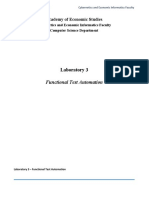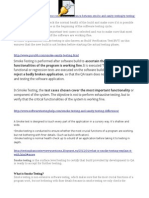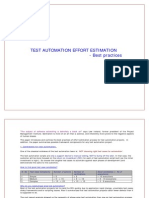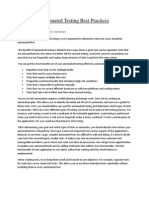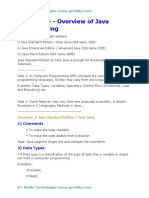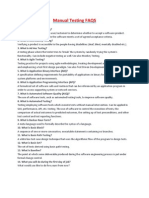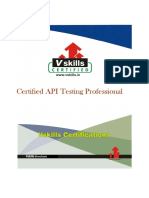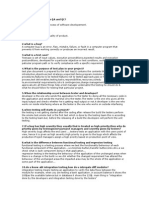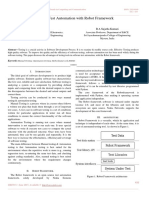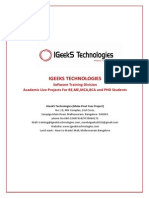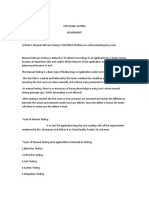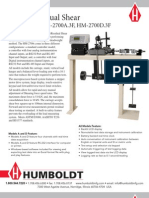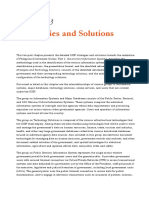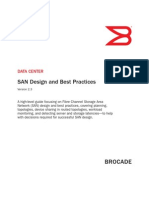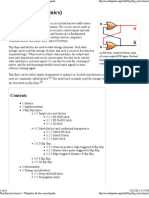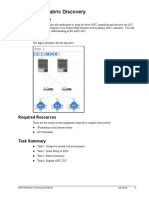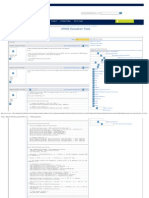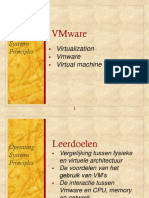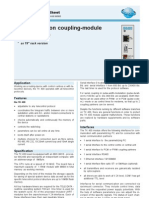0% found this document useful (0 votes)
678 views17 pagesManual&Automation Testing Basic Facts
Manual testing is a type of software testing where testers manually execute test cases without using any automation tools. It is the most basic form of testing and helps find bugs, but requires more effort. The goal of manual testing is to ensure the application is error-free and works as intended. It involves designing test cases and suites with 100% test coverage to check for defects, and re-testing fixed defects. While anyone can perform manual testing, it requires skills and is not easy. Automation is recommended for stable systems and regression testing to save time and costs compared to manual testing.
Uploaded by
Milan MilanCopyright
© © All Rights Reserved
We take content rights seriously. If you suspect this is your content, claim it here.
Available Formats
Download as DOCX, PDF, TXT or read online on Scribd
0% found this document useful (0 votes)
678 views17 pagesManual&Automation Testing Basic Facts
Manual testing is a type of software testing where testers manually execute test cases without using any automation tools. It is the most basic form of testing and helps find bugs, but requires more effort. The goal of manual testing is to ensure the application is error-free and works as intended. It involves designing test cases and suites with 100% test coverage to check for defects, and re-testing fixed defects. While anyone can perform manual testing, it requires skills and is not easy. Automation is recommended for stable systems and regression testing to save time and costs compared to manual testing.
Uploaded by
Milan MilanCopyright
© © All Rights Reserved
We take content rights seriously. If you suspect this is your content, claim it here.
Available Formats
Download as DOCX, PDF, TXT or read online on Scribd
/ 17



